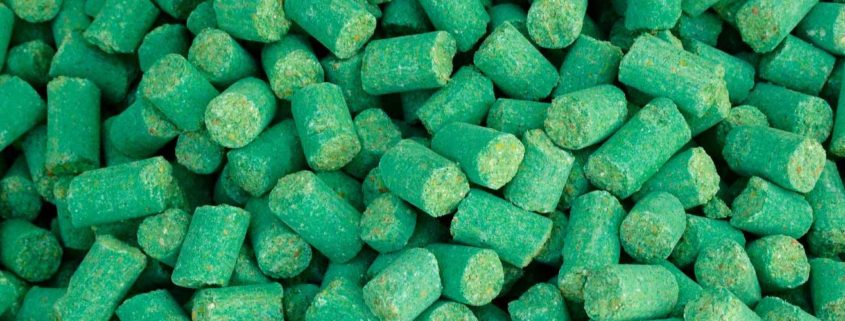Aerial Monofluoroacetate in New Zealand’s Forests
An appraisal of the scientific evidence
Introduction
Annually, the New Zealand Department of Conservation (DoC) and the New Zealand Animal Health Board (AHB) drop from the air food laced with enough of an “extremely hazardous” (17) poison (sodium monofluoroacetate, also called compound 1080) into New Zealand’s unique forest ecosystems to kill every person in New Zealand 8 times over.
DoC rationalizes its policy by saying that it is necessary to control feral “pests”. They claim that it benefits native species and forests and does not do significant harm. AHB believes that it is necessar y to control bovine tuberculosis (TB). DoC and AHB have jointly applied (1) to ERMA to continue and extend authorization for this practice.
The purpose of this document is to examine the scientific evidence supporting t he contention that aerial monofluo roacetate (aerial 1080) is benign and beneficial to our forest ecosystems and the contention that it is essential to the control of bovine TB. Since these objectives and the evidence needed to support them are quite different, they will be dealt with separately.

